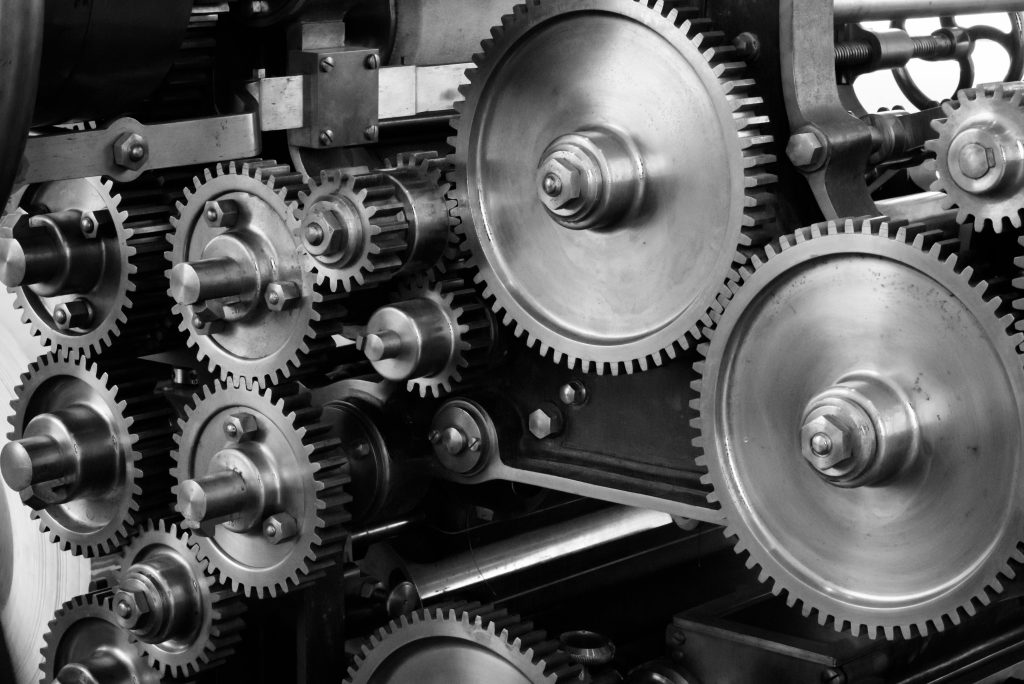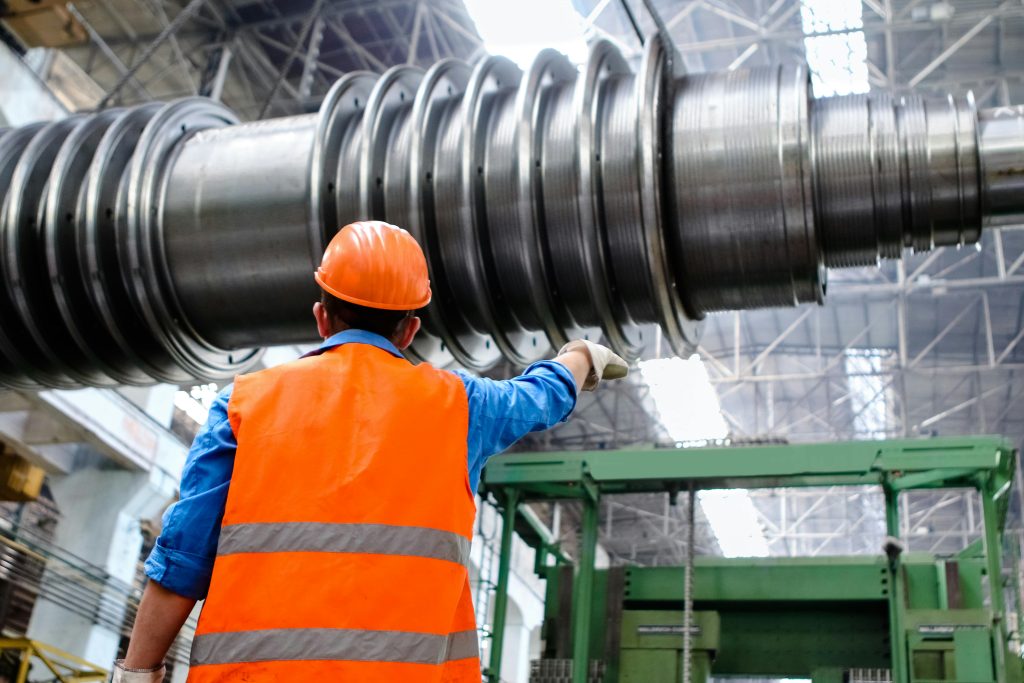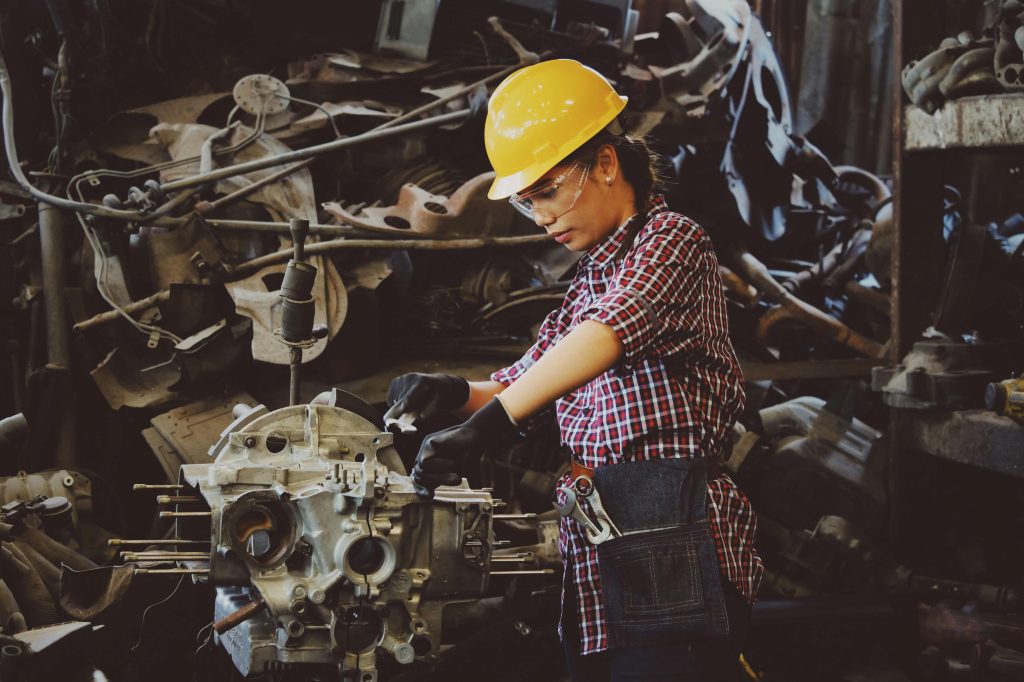Table of Contents
Industrial machine automation has undergone significant advancements, revolutionizing manufacturing processes across various industries. This article explores the evolution of automation technologies, the integration of robotics and artificial intelligence (AI) in industrial machines, and future trends shaping the landscape of industrial automation.

Evolution of Automation Technologies
Automation in industrial machines has evolved from basic mechanical systems to sophisticated technologies that streamline production and enhance efficiency. Historically, automation began with the introduction of mechanization in the Industrial Revolution, gradually progressing through electrification and computerization in the 20th century. Today, automation encompasses advanced robotics, AI-driven systems, and interconnected smart technologies that optimize manufacturing operations.
Integration of Robotics in Industrial Machines
1. Robotics in Manufacturing:
- Industrial robots have transformed manufacturing by performing repetitive tasks with precision and speed. These robots are equipped with sensors, actuators, and advanced control systems that enable them to handle complex assembly, welding, packaging, and material handling processes. Collaborative robots, or cobots, are designed to work alongside human operators, enhancing safety and productivity on the factory floor.
2. AI and Machine Learning:
- AI algorithms and machine learning models are increasingly integrated into industrial machines to improve decision-making and operational efficiency. AI-driven systems can analyze vast amounts of data in real-time, optimize production schedules, predict equipment maintenance needs, and minimize downtime. Machine learning algorithms enable adaptive learning and continuous improvement, enhancing the performance and reliability of industrial processes.

Applications of Industrial Machine Automation
1. Smart Manufacturing Systems:
- Industrial automation has facilitated the development of smart manufacturing systems, where interconnected machines, sensors, and devices communicate and collaborate in real-time. This integration enables adaptive manufacturing processes, agile production lines, and just-in-time inventory management, thereby reducing waste and optimizing resource utilization.
2. Autonomous Vehicles and Drones:
- Autonomous vehicles and drones are revolutionizing logistics and warehousing in industrial settings. Automated guided vehicles (AGVs) and autonomous mobile robots (AMRs) transport materials and goods within factories and warehouses, enhancing efficiency and reducing manual labor. Drones are used for inventory management, surveillance, and inspection tasks in large industrial facilities.
Future Trends in Industrial Automation
1. Internet of Things (IoT) Integration:
- The IoT connects industrial machines, devices, and sensors to collect and exchange data across manufacturing environments. IoT-enabled industrial automation systems enable real-time monitoring, remote diagnostics, and predictive maintenance, improving equipment reliability and operational visibility.
2. Industry 4.0 and Digital Twins:
- Industry 4.0 initiatives leverage cyber-physical systems, AI, IoT, and cloud computing to create interconnected digital factories. Digital twins, virtual replicas of physical assets and processes, enable simulation, optimization, and predictive analytics in industrial automation. These technologies enhance agility, flexibility, and resilience in manufacturing operations.
3. Human-Robot Collaboration:
- Advances in human-robot collaboration (HRC) are promoting safer and more efficient work environments. Cobots equipped with AI-based safety features can adapt their behavior in response to human presence, enabling closer interaction and collaboration between workers and robots on the factory floor.

Challenges and Considerations
As industrial automation continues to evolve, several challenges and considerations must be addressed:
- Cybersecurity: Protecting interconnected industrial systems from cyber threats and ensuring data integrity and confidentiality.
- Workforce Training: Upskilling workers to operate, maintain, and optimize automated systems effectively.
- Ethical and Social Implications: Addressing concerns related to job displacement, ethical use of AI, and the impact of automation on labor markets.
Conclusion
Advancements in industrial machine automation, driven by robotics, AI, and emerging technologies, are reshaping manufacturing processes and enhancing operational efficiencies. From robotics in manufacturing and AI-driven predictive analytics to IoT integration and Industry 4.0 initiatives, the future of industrial automation promises increased productivity, agility, and innovation. Embracing these technologies and addressing associated challenges will enable industries to navigate towards a more automated, connected, and sustainable future of manufacturing. As automation continues to evolve, industries must adapt to seize opportunities and leverage technologies that drive growth and competitiveness in the global marketplace.